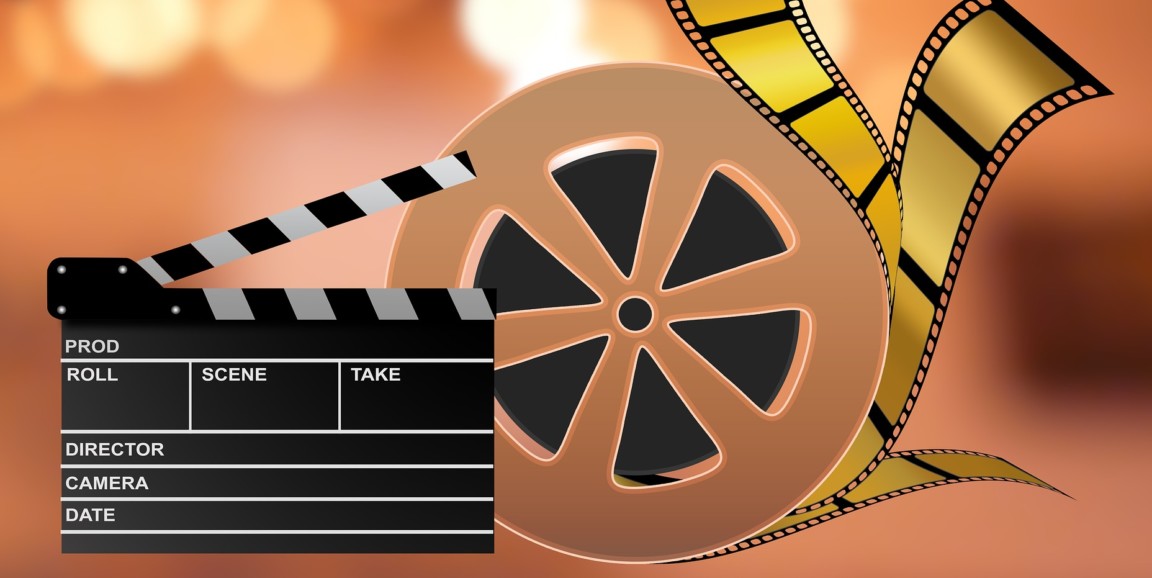FADE IN: Nighttime in a dimly-lit private hospital room. A patient, pale and bald, calls for a nurse who offers a popsicle to ease the discomfort caused by chemotherapy. The patient gives half to the nurse, who pulls up a chair, casually propping her foot on the hospital bed. They discuss the patient’s imminent choice: if her heart stops, what does she want doctors to do?
“Just let it stop,” the patient says between bites of popsicle.
FADE OUT.
The video paused, and the lights went up. Seven medical students and two physicians blinked, and readjusted to the present, a third-floor classroom in Stanford’s Medical School Office Building. Beneath the screens, behind a command center of two laptops and a tablet, second-year student Bronwyn Scott waited a beat, then launched a discussion about the television movie "Wit."
“Do you think this is an appropriate way for the nurse to be acting toward a patient?” the blue-eyed Texas native asked. “Should you give your patient a popsicle?”
It was the first session of the seminar "Medicine in the Movies," and the second of four film clips for the evening, covering the quarter’s overarching themes of empathy, education and advocacy, nonverbal communication and the art of storytelling.
The course explored medicine through the filmmaker’s lens, examining questions of preconception and point-of-view, narrative and cinematography. It was the brainchild of Scott and leaders of Stanford’s Program in Bioethics and Film: founder and director Maren Monsen, MD; and assistant director Diana Farid, MD.
“Ideally with this class, we’re able to have fun, watch some good movies, and take a little break from the medical school curriculum, while also thinking more deeply about how we communicate as future physicians,” Scott told me.
She signed on as a teaching assistant for the class after a conversation with Monsen. Scott had never studied filmmaking, but as an actor and dancer, she had a strong interest in communication and storytelling. Monsen and Farid had been thinking about the course for a while, but hadn’t connected with a student collaborator. Monsen said:
What’s really interesting about Bronwyn’s approach is that she wanted to show films that have provocative doctor/patient relationships or medical content, but also movies that highlight film technique and the art of filmmaking itself.
In developing the curriculum, they noted how both medical students and laypeople learn a lot of their health information from videos, whether through YouTube or lectures online. They also considered what types of insights films can offer more effectively than lectures or text.
For Monsen, an accomplished filmmaker whose work has been screened at the Sundance Film Festival, broadcast on PBS, and nominated for Emmy Awards, perspective was key.
“I’ve always thought that watching a film together, and really getting to walk in someone else’s shoes, then being able to discuss and reflect on it is the really powerful experience,” she told me.
Farid and Scott were excited by the potential of videos for educating and inspiring. As Scott told me, “A lot of these documentaries do an amazing job of breaking down concepts and using really cool techniques, like animation, to explain what’s going on.”
They compiled a curriculum of seven movies, following the first day of introductory shorts. The class hosted four directors (including Monsen) to discuss their films, and facilitated a group conversation about screen depictions of health care technology with the director and fellows of the Stanford Biodesign program.
Students who took the class gave me varied reasons for choosing it: one said he hoped understanding storytelling would help him be a better psychiatrist. Another said she was interested in learning how the outside world viewed people in medicine. A third, a student in the physician assistant program, said he wanted to add art to his science-based studies.
On the first day, they watched with interest the popsicle exchange in the clip from "Wit," then dissected their feelings about it.
“I don’t know if I would feel comfortable carrying myself in the way the nurse did,” second-year student Kevin Sun told the group. “The familiarity and the confidence there really struck me.”
Fifth-year student Silvia Vaca offered a different take. She said:
I have personally shared a popsicle with a patient at 3 in the morning while having some long conversations about the course of their care. It often affords you and the patient both a really neat experience to sit down and process what is happening with their care together, in a way that realistically many other members of the medical team just don’t have the privilege to do, with all of their other responsibilities.
Photo by Jan Alexander




